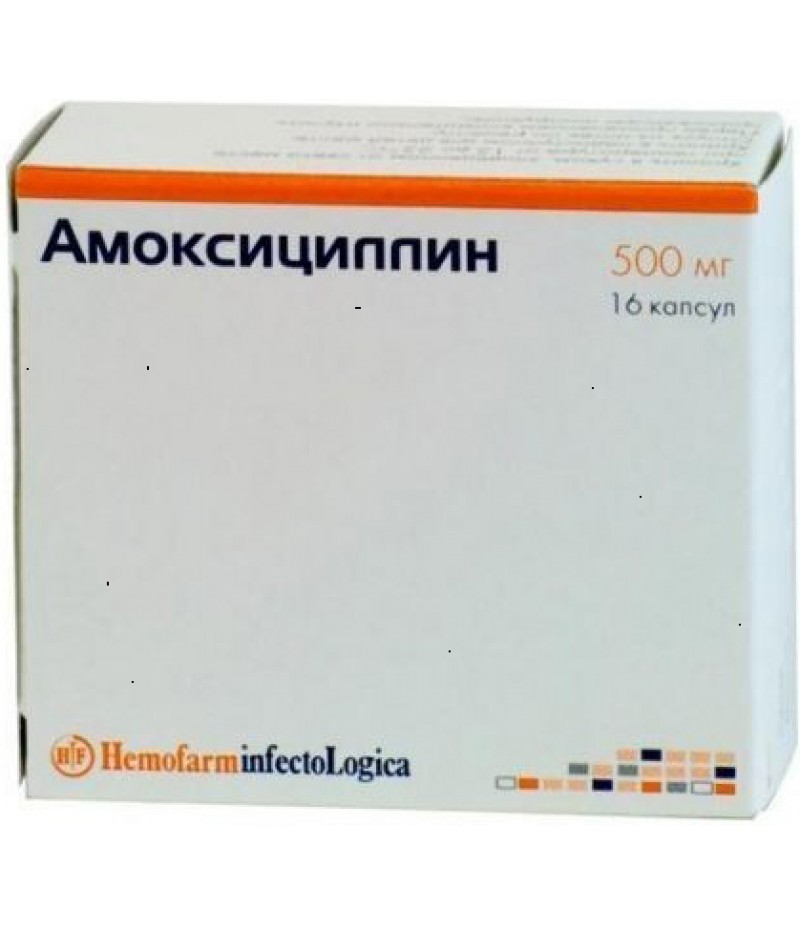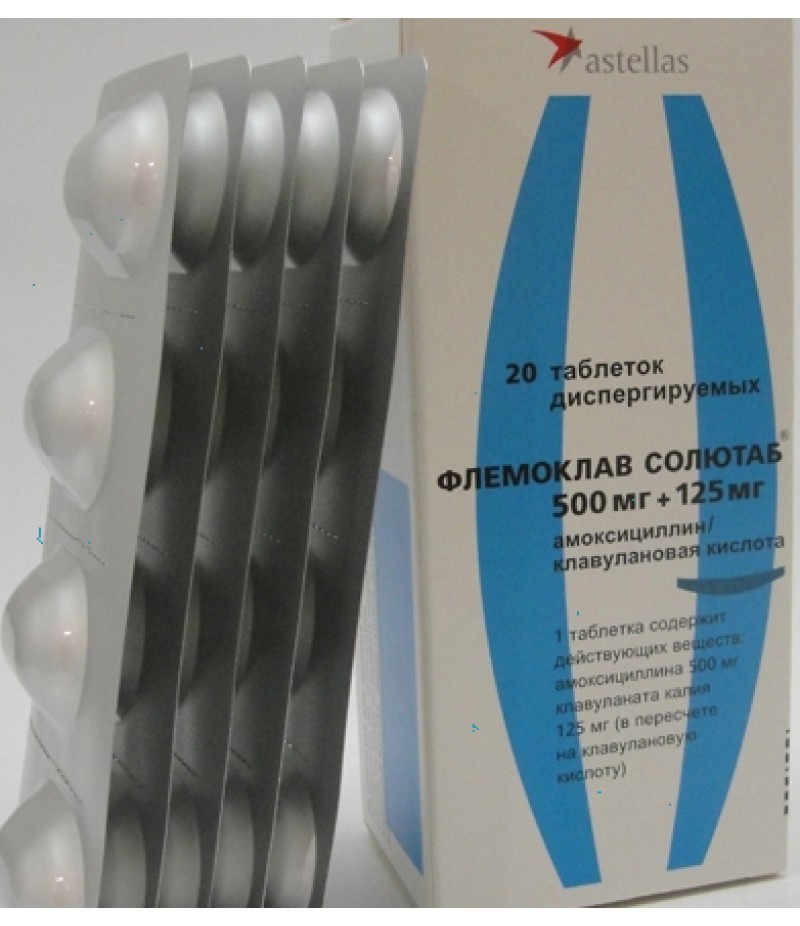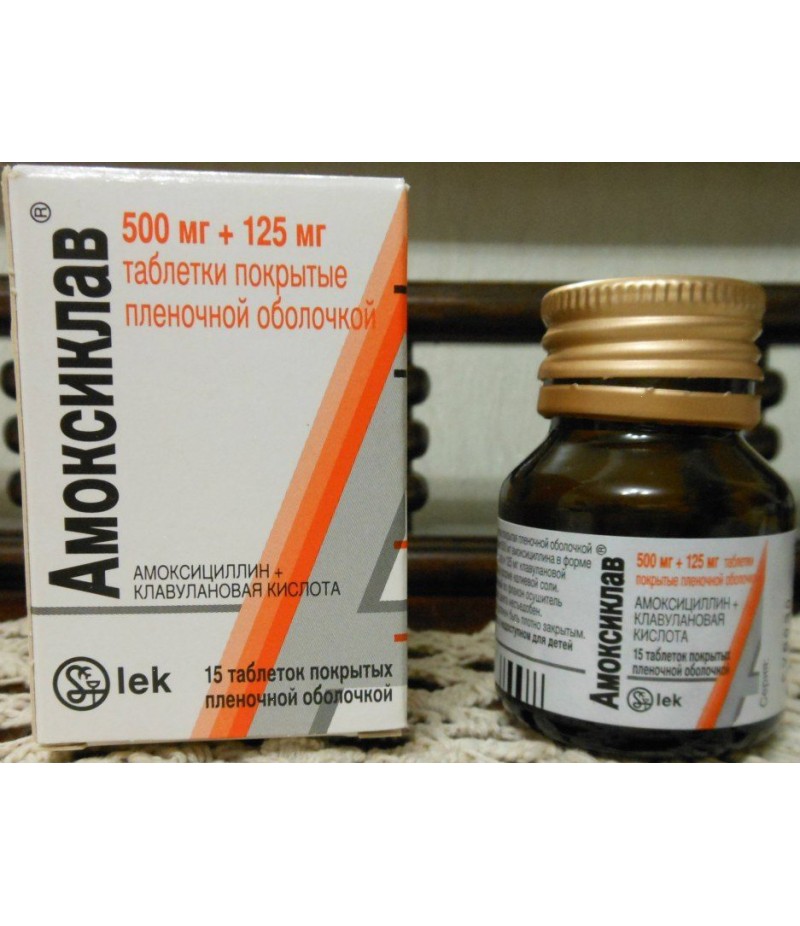Amoxicillin 500mg #20
- $12.90
- 3 or more $12.80
- 5 or more $12.50
- Availability:In Stock
Amoxicillin user manualYou can buy Amoxicillin on this pageProduct: coated tablets.Dosage form: oval or oblong biconvex tablets with notches on both sides, from white to slightly yellowish.Clinico-pharmacological group: Antibacter..
Tags: caps
Amoxicillin user manual
You can buy Amoxicillin on this page
Product: coated tablets.
Dosage form: oval or oblong biconvex tablets with notches on both sides, from white to slightly yellowish.
Clinico-pharmacological group: Antibacterial preparation of a broad spectrum of action of a group of penicillins.
Pharmacotherapeutic group: 4-hydroxyl analogue of ampicillin, penicillin semisynthetic.
Composition
Actively active substance: Amoxicillin trihydrate.
Excipients: sodium carboxymethyl starch, polyvidone, magnesium stearate, talc, titanium dioxide, hypromellose.
Pharmacodynamics
Semisynthetic drug from the penicillin group. The mechanism of action of this drug is based on its ability to specifically inhibit peptoglycans (enzymes of bacterial cell membranes), which leads to death and dissolution of the cell.
Amoxicillin is active against:
Gram-positive aerobic bacteria - Staphylococcus spp. (with the exception of strains producing penicillinase), Streptococcus spp., Listeria monocytogenes, Enterococcus faecalis, Corynebacterium spp. (except Corynebacterium jeikeium), Bacillus anthracis.
Gram-negative aerobic bacteria - Escherichia coli, Helicobacter pylori, Borrelia sp., Salmonella spp., Shigella spp., Campylobacter, Haemophilus spp., Proteus mirabilis, Leptospira spp., Neisseria spp.
Others include Chlamydia spp., Clostridium spp., Peptostreptococcus spp., Bacteroides melaninogenicus, Fusobacterium spp.
Pharmacokinetics
Amoxicillin does not collapse under the influence of gastric juice and is completely adsorbed from the digestive tract. The maximum concentration in plasma reaches in 1-2 hours. When the dose is doubled, its concentration also increases by a factor of 2. Total absorption does not depend on the presence of food in the stomach.
The binding of an active substance with plasma proteins is 20%. The drug is distributed to all tissues and body fluids. Quickly wilts into the lung tissue, the fluid of the middle ear, bronchial secretion, urine and bile. In high concentrations, it accumulates in the liver.
The half-life is 1-1.5 hours. In patients of advanced years and newborns, T1 / 2 is more prolonged. With renal failure - up to 20 hours. About 60% of Amoxicillin is excreted by the kidneys, a small part - by the intestine, along with the feces. With inflammation of the mild cerebral membrane, the preparation in small amounts is able to penetrate the blood-brain barrier, it is removed during hemodialysis. Penetrates into the placenta and is excreted in breast milk.
Indications for use
Bacterial diarrhea, dysentery and other intestinal pathologies of infectious origin;
Middle and outer otitis, unspecified etiology;
Acute and subacute endocarditis;
Acute respiratory infections;
Sinusitis (acute form);
Acute pharyngitis, unspecified etiology;
Chronical bronchitis;
Pneumonia;
Cystitis;
Infections of urogenital organs without specified localization.
Dosage
The dosage regimen is strictly individual. The single dose for adults and children over 10 years old, with a body weight exceeding 40 kg, is 250-500 mg. In severe forms of the disease - up to 1 gram.
Children up to 2 years of a single daily dose of 20 mg / kg.
Children from 5 to 10 years - 125 mg.
The interval between doses of the drug is 8 hours. In patients with impaired renal function, the interval is increased to 12-24 hours.
Side effects
On the part of the skin: urticaria, erythematous rashes, rhinitis, conjunctivitis, Quincke's edema, photosensitivity, anaphylactic shock, malignant exudative erythema, Lyell's syndrome (very rarely).
With prolonged use of the drug, a depressive state, dizziness, movement coordination disorder, confusion, peripheral nephropathy.
From the cardiovascular system: heart palpitations, phlebitis, lowering of arterial pressure, prolongation of the QT interval.
From the blood and lymphatic system: leukopenia, thrombocytopenia, eosinophilia, neutropenia. Very rarely hemolytic anemia, pancytopenia, thrombocytopenic purpura.
On the part of the digestive tract: nausea, stool disorders, taste changes, glossitis, stomatitis, an increase in liver enzymes, dyspeptic disorders, hepatitis, epigastric pain. Very rarely diarrhea with blood impurities, acute liver failure, pseudomembranous colitis.
From the respiratory system: dyspnoea, bronchospasm, allergic inflammatory processes in the lungs.
On the part of excretory system: interstitial nephritis.
On the part of the nervous system: headache, drowsiness, nervousness, dizziness, increased anxiety, peripheral neuropathy, behavior change, visual and olfactory disorders, tactile sensitivity disorders, hallucinations.
From the musculoskeletal system: myalgia, arthralgia, muscle weakness, tendonitis, tendon rupture (very rarely), rhabdomyolysis (destruction of muscle cells).
Other: candidiasis of the vagina, febrile condition, shortness of breath, in patients with reduced resistance, the development of superinfections is possible.
Drug Interactions
With the simultaneous use of Amoxicillin with glucosamines, aminoglycosides, laxatives and antacids, slow absorption is observed, when taken together with ascorbic acid, the metabolism rises.
Drugs that block tubular secretion, cause an increase in Amoxicillin, while using Methotrexate increases the toxicity of the latter.
When used concomitantly with Metronidazole, nausea, vomiting, diarrhea, and pain in the epigastric region often develop.
In combination with clavulanic acid, cholestatic jaundice, hepatitis, and erythema multiforme can develop.
Categorically contraindicated simultaneous use with disulfiram. Care should be taken with simultaneous use of Amoxicillin and anticoagulants (this may cause prolongation of prothrombin time.
Interaction with Probenecid increases the serum concentration of the antibiotic and reduces its excretion from the body. Amoxicillin, like other antibacterial drugs, reduces the effectiveness of oral contraceptives.
Contraindications
Hypersensitivity to the components of the drug;
Hypersensitivity to penicillin and other beta-lactam antibiotics;
Severe digestive disorders;
Acute lymphoblastosis leukemia;
Age to 3 years;
Infectious mononucleosis;
Bronchial asthma;
Hay fever;
Viral infections;
Allergic diathesis.
special instructions
Amoxicillin with extreme caution should be used with a tendency to allergic reactions. Persons under the age of 18 and patients suffering from hepatic pathologies are advised not to use the drug in combination with Metronidazole.
If the renal function is impaired, the dose of the drug should be reduced, and the intervals between doses are increased. In the process of treatment, it is necessary to constantly monitor the functioning of the liver, kidneys and hematopoiesis. To reduce the risk of complications from the digestive tract (nausea, vomiting, diarrhea, flatulence) Amoxicillin is recommended when taking food. Data on the negative effects of drugs on the ability to drive vehicles is not available.
Storage conditions
Store in a dark place, protected from light and moisture, inaccessible to children, at a temperature not exceeding 25 ° C.
Shelf life
The drug is suitable for use within 3 years from the date of manufacture. Do not use the product beyond the expiry date printed on the package.
Analogues of Amoxicillin
There are a number of analogues of this drug, which contain a similar active substance. The price of analogues depends on the manufacturer of the drug. Such drugs are the following drugs: Flemoсlav Solutab, Amoksiklav etc.
Which is better: Amoxiclav or Amoxicillin?
Many patients believe that Amoxiclav and Amoxicillin are the same. But there is a difference between these preparations. In the Amoxiclav, there is clavulanic acid, so the drug has a broader spectrum of action. But this drug is more expensive.
Which is better: Flemoxin Solutab or Amoxicillin?
The formulation Flemoxin contains a similar active substance. But Amoxicillin is more often used to treat adult patients. Flemoxin Solutab is quickly absorbed into the digestive tract, it can be used during meals, they taste good. These tablets can be dissolved in water and prepare a suspension or syrup. Flemoxin Solutab is a more expensive drug.
Amoxicillin for children
Children use the drug strictly according to the scheme prescribed by the doctor. As a rule, a suspension is prescribed for children, a combination of amoxicillin and metronidazole is not recommended for children and adolescents under 18 years of age. Dosage Amoxicillin for children depends on the weight of the child, his age, the disease. Amoxicillin for newborn children is prescribed individually, between the doses take large intervals and strictly adhere to the scheme indicated by the doctor.
Amoxicillin and alcohol
In the instructions to the drug there is no data on whether the drug is combined with alcohol. However, doctors do not recommend practicing such a combination. After all, alcohol significantly reduces the effectiveness of the drug. In this case, side effects can significantly increase. An unpredictable effect on the nervous system can be noted, the toxic effect on the liver rapidly increases, the risk of severe allergic manifestations, respiratory disorders increases. It should be borne in mind that these pills are an antibiotic, from which they should be used only during abstinence from alcohol.
Amoxicillin during pregnancy and lactation
It should be borne in mind that the substance amoxicillin is able to penetrate the placental barrier. But still during pregnancy, according to the indications, this remedy is prescribed for women with inflammatory diseases. It is prescribed for bacterial infections. But still the drug can provoke the development of dysbacteriosis, allergic reactions, activation of fungal microflora. Reviews about Amoxicillin during pregnancy are mainly indicative of its effectiveness and a rare manifestation of side effects.
When lactation, the drug should not be taken, as it enters the breast milk. If treatment of inflammatory processes is required for lactation, another drug is prescribed or natural feeding is stopped.
Reviews about Amoxicillin
On the Internet, reviews about Amoxicillin are mostly positive. They note that after the start of treatment, the effect is very quickly manifested, the drug is convenient to use, both for adults and children, for whom there is a special suspension for children. Also, as a positive, it is mentioned that the medicine can be taken during pregnancy.
When discussing funds Amoxicillin, doctors' reviews are also positive. But experts always write that self-medication is unacceptable.



